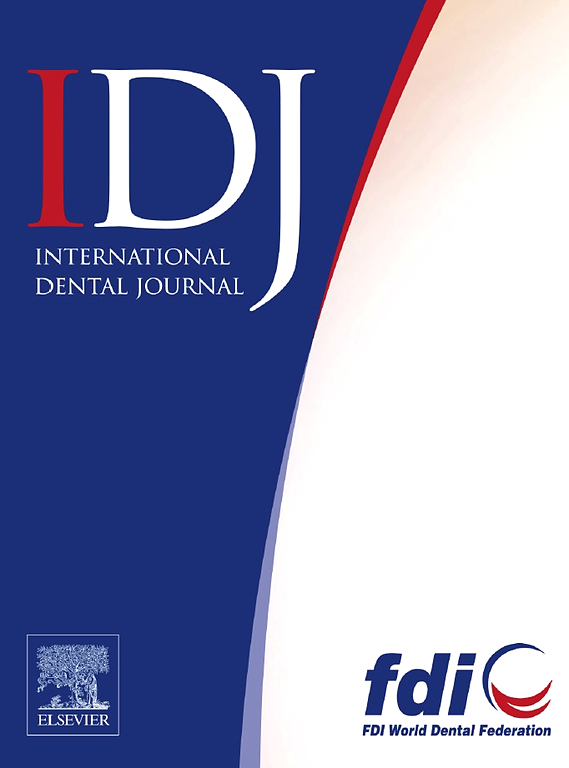The Probiotic Effects of Lactobacillus brevis CD2 on Caries Related Variables of Dental Plaque Biofilm
IF 3.2
3区 医学
Q1 DENTISTRY, ORAL SURGERY & MEDICINE
引用次数: 0
Abstract
Objectives
This study was based on the research question: “Does L. brevis CD2 have an effect on the acidogenicity of sugar-exposed bacteria? To solve this question, a multistep study was planned: first, an in vitro investigation aimed to assess the acid production of monoculture bacterial solutions; and second, an ex vivo experiment to evaluate the production or inhibition of acids from plaque samples.
Methods
L. brevis CD2 and several control strains (Lactobacillus brevis CD2, Lactobacillus reuteri DSM 17938, Lactobacillus rhamnosus LB21, Lactobacillus plantarum 931, Streptococcus mutans Ingbritt) were tested with various sugars; pH changes were recorded at specific time points using a micro-pH electrode. Additionally, for the ex vivo phase, the same sugars were added to equal amounts of pooled plaque from 9 healthy subjects with bacterial suspensions, as well as a control solution, and pH was monitored for up to 90 minutes. For the ex vivo phase, 9 adults were randomised in a crossover design for 28 days. For the in vivo phase, 26 healthy subjects used 1/2 lozenges 3 times daily containing either L. brevis CD2 (active) or no probiotic bacteria (placebo). Plaque acidogenicity was assessed using the microtouch method after a 10 ml mouth rinse containing 10% sucrose for 1 minute (on day 0 and day 28).
Results
L. brevis CD2 exhibited the highest ability to inhibit the fermentation of fructose, lactose, and sucrose compared to the control strains (P < .05). A significant reduction in plaque acidogenicity was observed in vivo from day 0 to day 28 in the test group (P < .05).
Conclusions
This study indicates that L. brevis CD2 mitgates the acidogenic attributes of plaque biofilm organisma in vitro, in vivo and ex vivo, suggesting its potential benefit as a caries preventive probiotic agent.
求助全文
约1分钟内获得全文
求助全文
来源期刊

International dental journal
医学-牙科与口腔外科
CiteScore
4.80
自引率
6.10%
发文量
159
审稿时长
63 days
期刊介绍:
The International Dental Journal features peer-reviewed, scientific articles relevant to international oral health issues, as well as practical, informative articles aimed at clinicians.
 求助内容:
求助内容: 应助结果提醒方式:
应助结果提醒方式:


